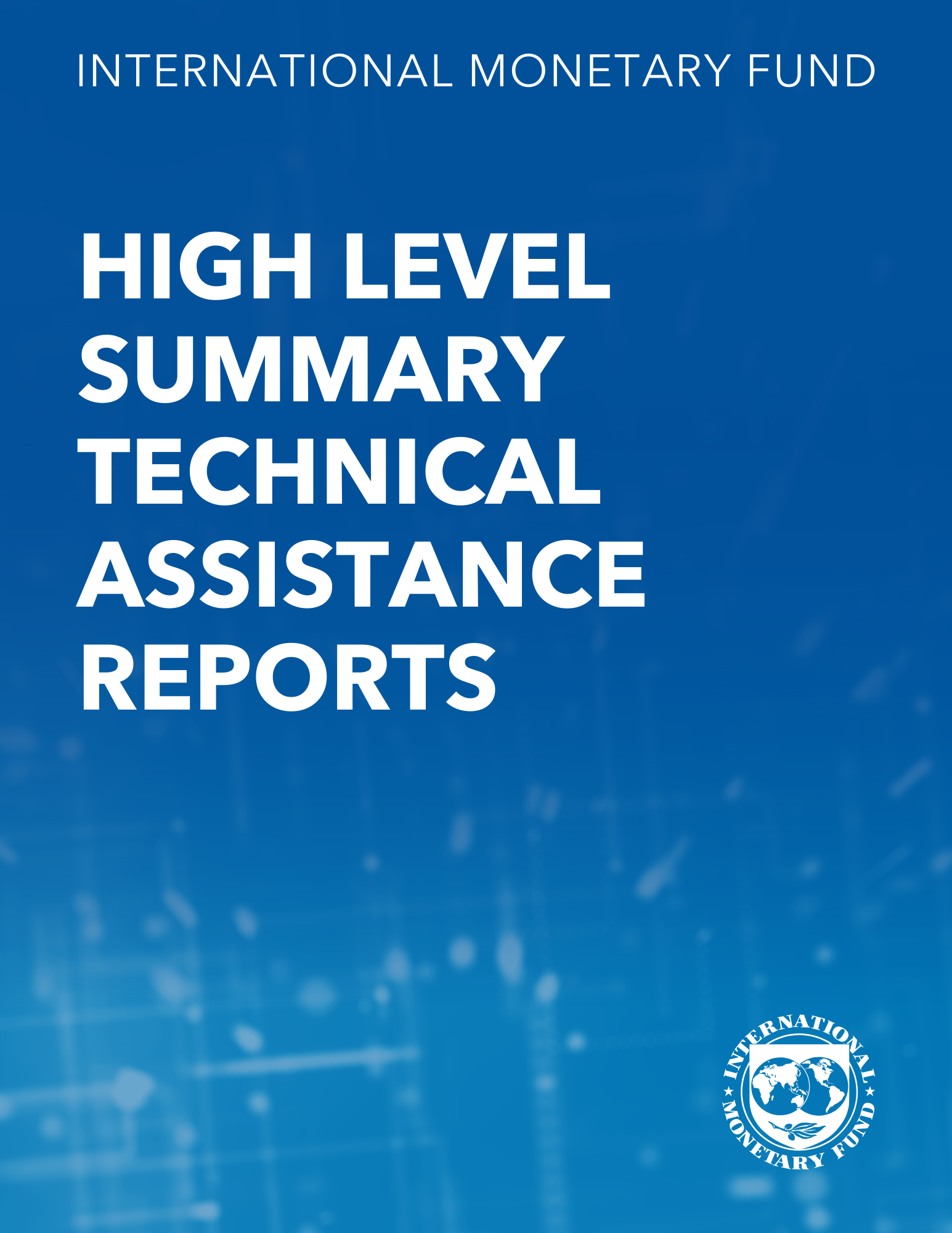Bank-By-Bank Credit Ceilings: Issues and Experiences
June 1, 1996
Disclaimer: This Working Paper should not be reported as representing the views of the IMF.The views expressed in this Working Paper are those of the author(s) and do not necessarily represent those of the IMF or IMF policy. Working Papers describe research in progress by the author(s) and are published to elicit comments and to further debate
Summary
Many central banks have abandoned credit ceilings in favor of monetary control frameworks based on indirect instruments. In the long run, ceilings limited competition, hampered the development of a money market, and caused disintermediation. Despite the many distortions associated with the use of credit ceilings, some countries continue to employ them, particularly during the transitional period before full reliance on indirect monetary instruments. The paper argues that the careful attention to design can help reduce distortions typically associated with the use of credit ceilings. It identifies a series of principles that may be followed in designing a system that can minimize those distortions.
Subject: Bank credit, Banking, Commercial banks, Credit, Credit ceilings, Financial institutions, Monetary policy, Money, Reserve requirements
Keywords: bank, Bank credit, break, ceiling, Commercial banks, Credit, credit authorization, credit ceiling, Credit ceilings, credit facility, credit financing, credit growth, credit portfolio, credit right, credit supply, foreign currency, Global, noncompliant bank, outstanding share, rediscount quota, Reserve requirements, WP
Pages:
32
Volume:
1996
DOI:
Issue:
063
Series:
Working Paper No. 1996/063
Stock No:
WPIEA0631996
ISBN:
9781451848373
ISSN:
1018-5941






